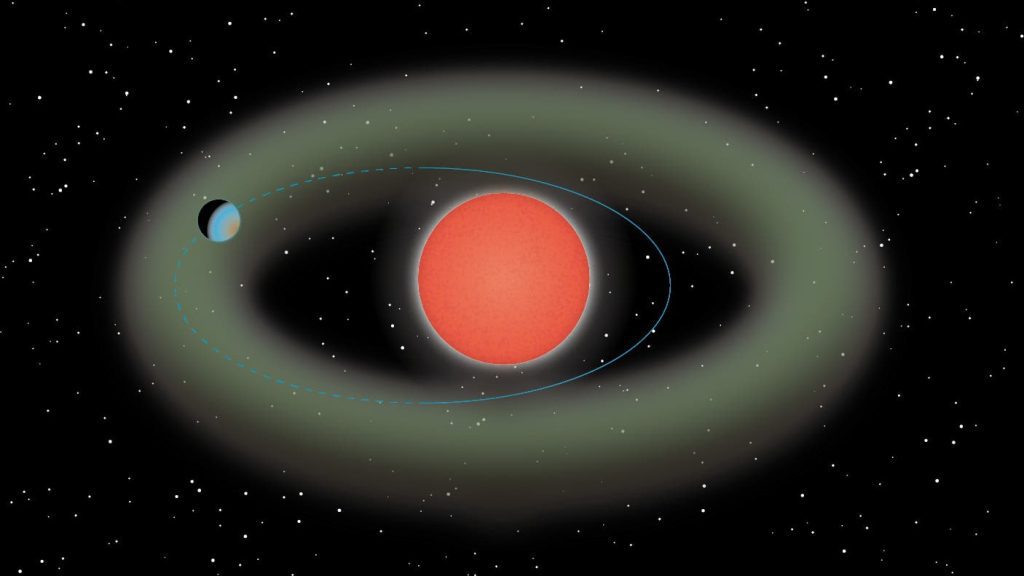A good omen for future discoveries is the latest discovery of the super-Earth by the Subaru telescope. Only 37 light-years from Earth, the exoplanet takes 11 days to complete its elliptical orbit around the red dwarf Ross 508. It’s partly in the habitable zone, making it a good candidate for life and liquid water.
Ross’ 508b exoplanet is the first discovery of Subaru’s new Infrared Doppler (IRD) telescope instrument. An infrared instrument developed at the Center for Astrobiology in Japan should continue to provide signs of planets around red dwarfs. A successful start actually gives hope to better candidates.
About three-quarters of the stars in the Milky Way are red dwarfs. For this reason, they are often found in our immediate surroundings. This makes them important targets in the search for life and nearby exoplanets. However, the lower emissive temperatures in the visible spectrum make them difficult to study. Instead, they emit much more radiation in the infrared range. Devices such as Infrared Doppler take advantage of this using the method of the same name.
It remains to be determined whether liquid water can actually be found on this planet. It does, however, bode well for future projects, that the instrument’s first discovery reveals an exoplanet very close to the habitable zone. “We have continued our development and research in the hope of finding a planet like Ross 508 b,” said Bonai Sato, a professor at the Tokyo Institute of Technology and principal investigator in the research group.
“Total coffee aficionado. Travel buff. Music ninja. Bacon nerd. Beeraholic.”
Continue Reading









More Stories
Coral Seeding: Artificial Insemination Makes Coral More Heat Tolerant
Fear, Anger, and Denial: How People Respond to Climate Change – Research
LKH Graz: Using radiation to combat heart arrhythmias